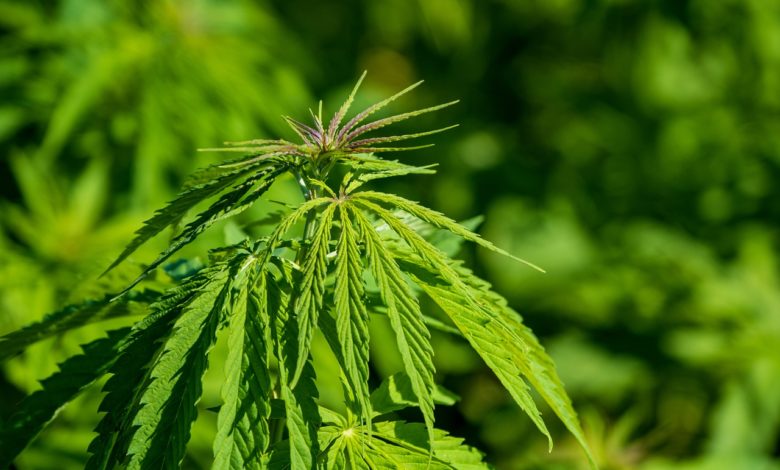Best Tips for Growing Cannabis Outdoors



Growing cannabis outdoors is all about using natural processes to help your plants grow. While we have improved nature in many ways with advanced indoor growing technologies, outdoor growing offers a number of benefits that you simply won’t get from a grow box or grow room. When indoor cultivation became possible, it was done by recreating nature in a closed and sterile environment so that plants could grow and thrive under artificial light.
Removing a plant from its ecosystem and placing it indoors meant that the same ecosystem had to be recreated from scratch. Even though technology has come a long way and there is no doubt that you can produce high quality hemp indoors, there is simply no adequate substitute for nature. Growing cannabis outdoors produces large plants, lots of buds, and requires much less maintenance, which is great for both novice and professional growers.
Optimal time to grow cannabis
Outdoor growing is seasonal, meaning you don’t grow plants when it’s cold. So when is the best time to plant your hemp seeds? The climate is obviously different around the world, but in general you should be able to plant it in spring. In some countries, this time may be a little later due to long winters, but your plants should not have problems starting their growth until the summer days.
Your hemp garden will survive its natural growth stage before flowering in late summer or early fall. Depending on your varieties, you should be ready to harvest by the end of fall.
Choosing the right cannabis seeds is the key to success!
Choosing the right strains is important. Not only that you need to select strains that have the traits and characteristics that you are looking for, but you need to select strains that will mature successfully in your climate.
If you live in a humid climate, you won’t want to grow a strain that grows well in the desert. While indoors, we have the luxury of climate flexibility, growing outdoors is not all that forgiving and easy.
The amount of light and the length of daylight hours are two important factors when choosing a strain. If you live in an area with short daylight hours, find a strain that can handle it. If you are in a hot climate, don’t choose a strain that needs water all day.
The key is to match your strain with the natural environment in which you plan to grow cannabis.
The choice of soil and substrate
These days, you are not limited to the soil that is in your backyard. If you have good soil and are willing to transplant cannabis directly into the ground, this is only a plus for you.
For most of us, the soil around may be good for vegetable crops, but it will need to be treated in a special way if you plan to grow cannabis. If you don’t plan to plant directly into the ground, there are a number of soilless media that are pH neutral and can be processed to your liking.
Coconut fibre is by far the most popular soil substitute. Made from coconut husks, it has proven itself to be a reliable neutral medium that will work well for any type of pot you will be growing cannabis in.
Specialists from cannabis growing in Australia say that the type of soil you choose will have a direct impact on the growing method you plan to use to grow your cannabis. If you choose to plant your cannabis seeds directly into the soil, one of the biggest benefits of this will be the development of beneficial microbes, including bacteria and fungi, in the soil.
The fertilisers you need
You can use traditional nutritional fertilisers and organic ones.
Organic feed mixes use plant and animal waste as fertiliser. Organic cultivation is ideal for planting in soil as it promotes the development of those beneficial microbes that are so important to the natural ecosystem. You can plant in the ground and use nutrients, however, you will lose one of the biggest benefits of organic cultivation, since nutrient salts and microbes do not mix naturally.



